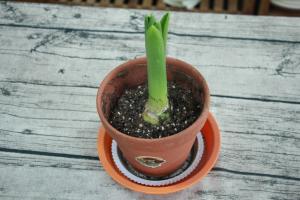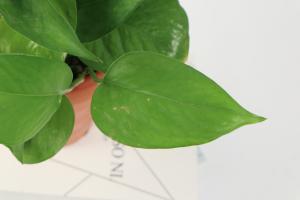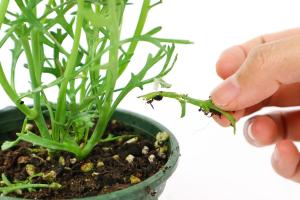Introduction
As nature enthusiasts, we often come across various plants and trees with beautiful leaves. While some leaves are consumed by animals and humans, others are considered toxic and even deadly. The question arises as to what percentage of plant and tree leaves are toxic. Let's dive deeper into this topic.
Plant and Tree Leaves – Friend or Foe?
Plants and trees play a vital role in our ecosystem. They provide food, shelter, and oxygen for various species. However, it is a known fact that plants and trees can be harmful as well. Many of them produce toxic substances in their leaves to defend themselves from being eaten and to protect their species. According to research, it is estimated that around 10-25 percent of plant and tree leaves are toxic to certain animals and humans.
The Toxicity of Plant and Tree Leaves
The level of toxicity of plant and tree leaves varies depending on the species. Some leaves are mildly toxic and can cause irritation and mild symptoms such as vomiting, diarrhea, and skin rashes. On the other hand, some leaves are highly toxic and can be fatal. For example, the leaves of the Oleander plant contain a toxic substance called oleandrin, which can cause heart failure and even death if ingested.
Common Toxic Leaves
There are various plant and tree leaves that are toxic to animals and humans. Here are some common toxic leaves:
1. Poison Ivy – causes skin inflammation and irritation
2. Poison Oak – causes skin rashes and irritation
3. Hemlock – causes respiratory failure and death
4. Belladonna – causes hallucinations, paralysis, and death
5. Rhododendron – causes vomiting, dizziness, and confusion
How to Handle Toxic Leaves?
If you come across any plant or tree leaves that you suspect to be toxic, it is best to err on the side of caution. Avoid touching or ingesting the leaves and keep pets and children away from them. It is also essential to know the symptoms of toxicity and seek medical attention immediately if you experience any. If you want to remove or handle toxic leaves, it is recommended to wear gloves and protective clothing.
Conclusion
In conclusion, while a majority of plant and tree leaves are not toxic, it is essential to be aware of the ones that are. Knowing which leaves are toxic and how to handle them can help prevent any accidental poisoning. As stewards of nature, we must continue to learn and educate others about the flora and fauna that surrounds us.

 how many times do yo...
how many times do yo... how many planted tre...
how many planted tre... how many pine trees ...
how many pine trees ... how many pecan trees...
how many pecan trees... how many plants comp...
how many plants comp... how many plants can ...
how many plants can ... how many plants and ...
how many plants and ... how many pepper plan...
how many pepper plan...






























